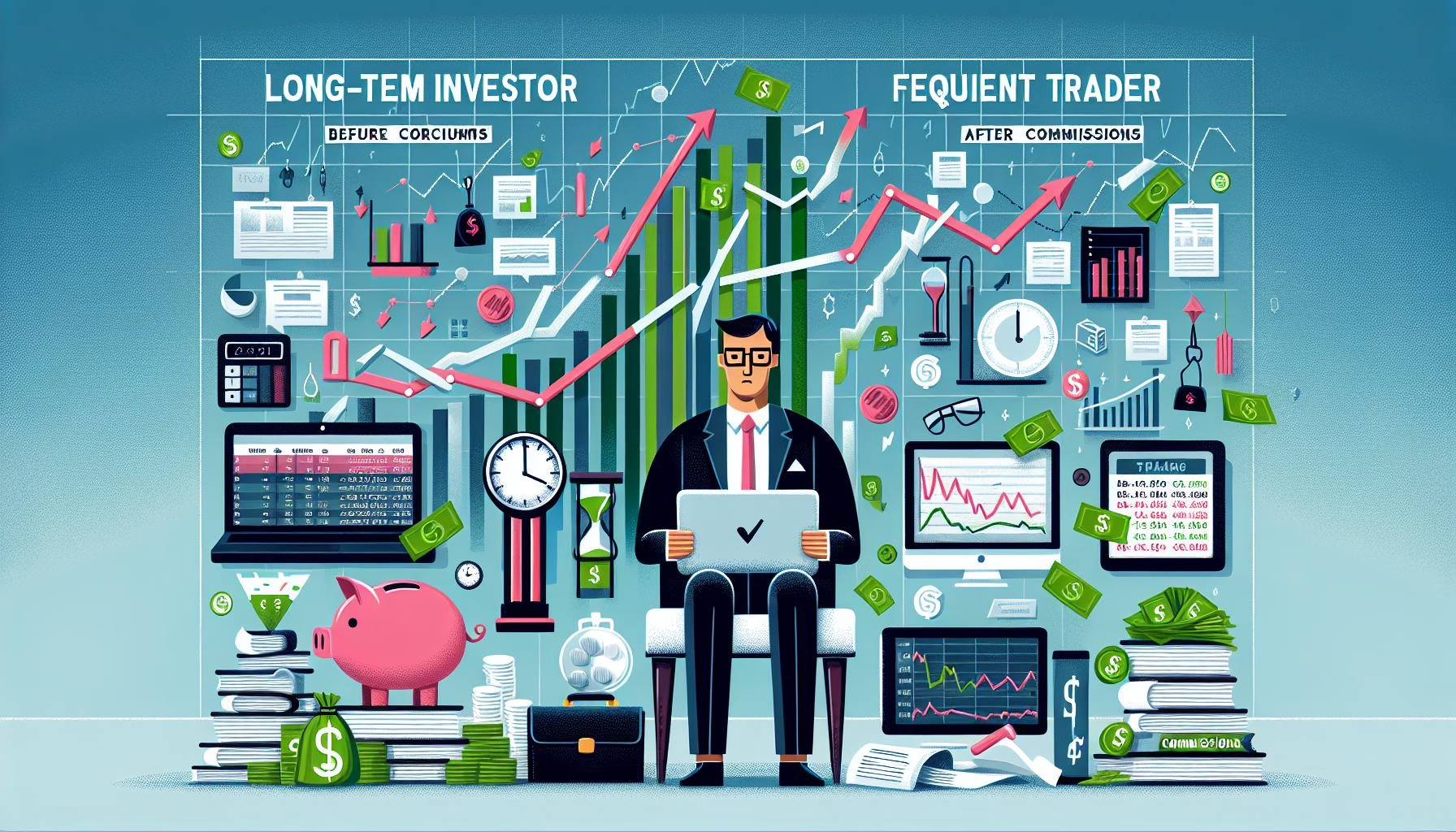Frequent trading might sound exciting. The idea of moving in and out of stocks to chase profits is tempting—especially in today’s fast-moving markets. But in reality, it can do more harm than good. Whether you’re a beginner or a seasoned investor, understanding the hidden costs of frequent trading can help you protect and grow your money over time.
Let’s dive into seven important reasons why trading too often can negatively impact your long-term investment returns.
1. High Transaction Fees Add Up
Every time you buy or sell a stock, there’s a cost involved. These may seem small at first—just a few cents or dollars per trade—but they can pile up quickly. If you’re trading multiple times a week or even daily, the fees start to eat away at your gains.
Even though many platforms now offer commission-free trades, there may still be hidden charges such as:
- Bid-ask spreads
- Regulatory transaction fees
- Account maintenance or platform fees
It’s like paying a toll every time you commute. Do it too often, and you’re spending more on the tolls than on getting where you want to go!
2. Tax Implications You Might Not Expect
Short-term trading means you could end up paying higher taxes. Stocks held for less than a year are subject to short-term capital gains tax—which could be much higher than long-term capital gains tax.
Imagine making a $1,000 profit in just a few weeks. Sounds great, right? But if you’re in a high-income bracket, up to 37% of that may go straight to taxes, depending on where you live and your tax situation.
Always consider the tax bite when you’re aiming for quick gains. You might find that the reward isn’t worth the risk.
3. Market Timing Is Nearly Impossible
Many traders believe they can “time the market,” jumping in when prices are low and selling when they’re high. In theory, it makes sense. But in practice? It’s incredibly difficult—even for professional investors.
The market doesn’t move in predictable patterns, and missing just a few of the best-performing days can drastically lower your returns. A common example? Missing just 10 of the best trading days over several years could mean missing out on a big chunk of potential gains.
In short, unless you have a crystal ball, market timing is more of a gamble than a strategy.
4. Emotional Trading Leads to Bad Decisions
When you trade frequently, it’s easy for emotions like fear and greed to take over. One bad trade can make you panic, while a good trade might give you a false sense of confidence. Over time, these emotional reactions can lead to poor decisions and increased losses.
Think about it: have you ever made a decision just because something felt right at the moment? That kind of impulsive behavior doesn’t mix well with investing.
5. You Lose Out on Compound Growth
Frequent trading can take your money out of the market when it could be growing steadily. One of the biggest benefits of investing is compound interest—earning a return on both your money and the returns it generates over time.
For example, if you invested $10,000 and left it alone earning just 7% annually, you’d have about $19,671 after 10 years. But if you pulled that money in and out of the market, trying to chase gains, you might miss out on steady growth and end up with less—even if you make a few good trades.
6. Time and Stress Can Drain You
Let’s be honest—trading frequently is time-consuming. You have to track news, monitor charts, study technical indicators, and be ready to act in minutes. It’s more like a full-time job than a hobby.
Not only that, but frequent trading can be mentally exhausting. The pressure to constantly make the “right” move can cause stress and burn out. Investing, when done right, should support your quality of life—not harm it.
7. Underperformance Is More Common Than You Think
Most individual traders actually underperform the market. Research consistently shows that, over time, active trading strategies tend to lag behind simple, long-term, buy-and-hold strategies like investing in index funds.
In other words, trying to beat the market often leads to worse results than just following it. That’s one of the main reasons why long-term investing continues to be the go-to strategy for wealth building.
What’s the Better Alternative?
You might be wondering, “So, what should I do instead of frequent trading?” The answer is simple: focus on long-term investing.
Here are smarter approaches:
- Buy and hold: Choose quality investments and stick with them for the long run.
- Diversify: Spread your money across different assets to manage risk.
- Use low-cost index funds or ETFs: Keep fees low while growing your money steadily.
If you’re new to investing, check out our blog on Investing Basics for Beginners to get started on the right foot.
Final Thoughts
While the allure of frequent trading is strong, the reality is that it often leads to lower returns, higher stress, and unnecessary costs. Unless you’re a professional with the tools and time to compete in the market daily, you’re likely better off with a more passive, long-term investment strategy.
Remember: investing isn’t about getting rich quick—it’s about getting rich slowly, wisely, and with a strategy that works over time.
For more details and background on this topic, you can read the original source on Investopedia.
Stick to the basics, stay consistent, and let time do the heavy lifting.

